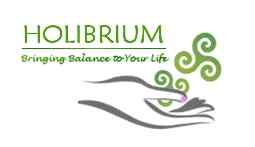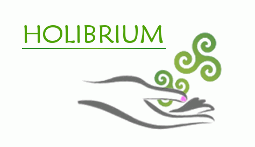Alexander Technique: move with ease and efficiency
The Alexander Technique is the name given to all the different approaches to teaching the work of F.M. Alexander. During a lesson, an interaction takes place between the student(s) and the teacher. Through questions, discussions and gentle manipulation the student is encouraged to perform an activity in a simpler and easier way.
∞ Less tension
∞ Improved quality of movement
∞ Ease of discomfort
∞ Moving more efficiently and better
∞ And more
"I've very much enjoyed being a student of Sylvie for the last two months, and am genuinely shocked at the profound effect studying the Alexander Technique has had for me". (Rob)
The benefits of the Alexander Technique
Becoming an Alexander Technique student has several advantages. You will acquire new skills, improve the level of your individual standard performance, you will find pleasure in movement, you will reach more optimality while continually progressing forward step by step, you will reach more of your potential while taking more responsibility of your own wellness and wellbeing.
Is the Alexander Technique for YOU? Number of lessons?
Is the Alexander Technique for you?
Taking up the Alexander Technique helps you move forward one step at a time, at your own speed.
How many Alexander Technique lessons do I need?
You can have as many or as few lessons as you like. The more you do the work (study and lessons) the more you will be able to understand and get practical command (mastery) of the concepts, ideas and principles involved in the technique and be able to do the work for yourself.
Not sure? Come to a workshop
Workshops are a nice way to discover the ideas and principles of the Alexander Technique with others who, very likely, have similar questions and concerns as you have. You will also have the opportunity to have a lesson and experience first hand what the Alexander Technique can do for you.
About the Alexander Technique
Who created the Alexander Technique (AT)?
The 'Alexander Technique' was created by Australian actor, Frederick Matthias (F.M.) Alexander (1889-1955).
What is the Alexander Technique?
Coming up with a definition for 'What is the Alexander Technique' can prove difficult. As a matter of fact, F.M. Alexander did not provide a definition for his 'technique'; he did not even call what he was doing a 'technique'. This is the label that was attributed to what he was doing after his death.
Is the Alexander Technique about posture?
Contrary to what is often thought, the Alexander Technique is not a therapy, neither does it deal with posture or position.
What makes up the Alexander Technique? What is it about?
Movement is an important part of the Alexander Technique and so the Alexander Technique is about movement.
What is involved while training in the Alexander Technique?
During Alexander Technique lessons, students retrain how they think about their movements.
About Alexander Technique lessons
Whom are Alexander Technique lessons for?
Everybody can take part in Alexander Technique lessons: young and not so young; women, men, children; artists; athletes; actors; singers; people with medical conditions or not.
What to expect during your first Alexander Technique lesson?
When you come for an Alexander Technique lesson for the first time, you will be asked a few questions about yourself and if you are suffering from any medical condition.
Then the teacher will give you an introduction of the ideas, concepts and principles of the Alexander Technique. This opens the door to your understanding about the Alexander Technique and will lead to your first Alexander Technique lesson.
What happens in an Alexander Technique lesson?
Students usually come to Alexander Technique lessons with an issue related to an everyday activity or to a more specialised activity. Whether the movement issue is related to walking, raising your arm, bending your leg, lifting something, talking, singing, riding your bike, running, playing an instrument, etc. We will discuss what your issue is and why it is an issue for you.
What is the aim and focus of an Alexander Technique lesson?
The focus of a session is on movement.
On movement AND what drives the movement, i.e the thinking behind it, the thinking that drives it.
An Alexander Technique lesson takes place in the now
Whatever activity you choose to perform in an Alexander Technique lesson takes place in the here and now, within the present circumstances you find yourself in. The reason for that is that we get improvement in the present, not in the past or the future.
What is the role of the student during an Alexander Technique lesson?
Alexander Technique students play an active part in their lessons. Lessons are designed around whatever issue or concern students bring to the lesson. They learn how to do things for themselves (when they want to, as they want to) without adding additional muscular effort.
What do we learn in an Alexander Technique lesson?
Participating in Alexander Technique lessons does not teach anything new. Frank Pierce Jones puts it this way:
(...) the Alexander Technique doesn't teach you something new to do. It teaches you how to bring more practical
intelligence into what you are already doing (...)
.
Other resources about the Alexander Technique:
Interactive Teaching Method (ITM)
The Complete guide to the Alexander Technique

